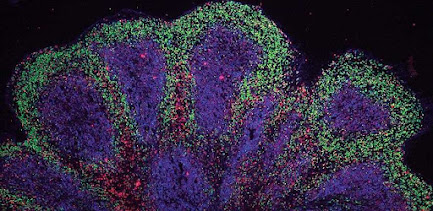Cornell researchers used machine learning to sort organisms by their functions and use this information to predict with near-perfect accuracy how genes are transferred between them, an approach that could potentially be used to stop the spread of antibiotic resistance.
The team’s paper, “Functions Predict Horizontal Gene Transfer and the Emergence of Antibiotic Resistance,” published Oct. 22 in Science Advances. The lead author is doctoral student Hao Zhou.
“Organisms basically can acquire resistance genes from other organisms. And so it would help if we knew which organisms bacteria were exchanging with, and not only that, but we could figure out what are the driving factors that implicate organisms in this transfer,” said Ilana Brito, assistant professor and the Mong Family Sesquicentennial Faculty Fellow in Biomedical Engineering in the College of Engineering, and the paper’s senior author. “If we can figure out who is exchanging genes with who, then maybe it would give insight into how this actually happens and possibly even control these processes.”
Many novel traits are shared through gene transfer. But scientists haven’t been able to determine why some bacteria engage in gene transfer while others do not.










.jpg)



.jpg)

